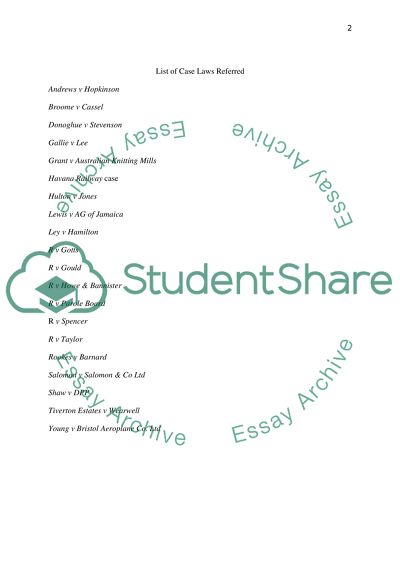Cite this document
(“English Legal System Essay Example | Topics and Well Written Essays - 2000 words”, n.d.)
Retrieved from https://studentshare.org/other/1400649-english-legal-system
Retrieved from https://studentshare.org/other/1400649-english-legal-system
(English Legal System Essay Example | Topics and Well Written Essays - 2000 Words)
https://studentshare.org/other/1400649-english-legal-system.
https://studentshare.org/other/1400649-english-legal-system.
“English Legal System Essay Example | Topics and Well Written Essays - 2000 Words”, n.d. https://studentshare.org/other/1400649-english-legal-system.


